Linguistic Superdiversity in Urban Areas. Research approaches.
Rapidly increasing migration flows contribute to the development of multiple forms of social and cultural differentiation in urban areas – or to ‘super-diversity’. Language diversity is an important part of the resulting new social and cultural constellations. Although linguistic diversity is not a new phenomenon per se, the response of individuals or education systems to it is still largely based on a monolingual habitus, associating one nation (or a region within a nation) to one language. Building on the top-quality expertise of researchers from different academic fields, the volume offers insights into the study of linguistic diversity from linguistic and education science perspectives. The studies derive from different countries, different disciplines, different research traditions and methodological approaches, all aiming towards a better understanding of actual linguistic reality and its consequences for individual language development and for education.The book addresses an academic readership and experts who are interested in learning more about linguistic diversity as an inevitable effect of globalisation, and on ways to deal with this reality in research as well as practise in urban areas.
{{comment.content}}

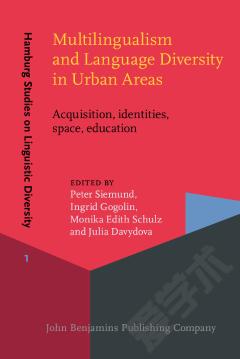
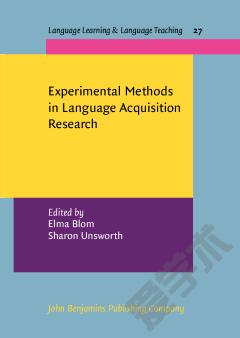
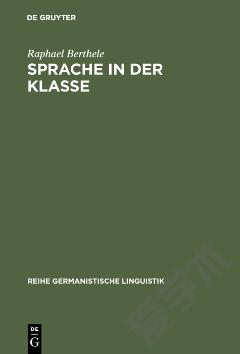

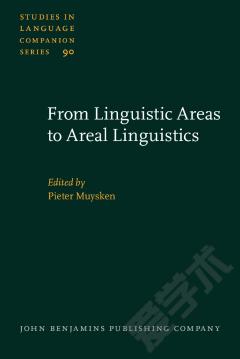
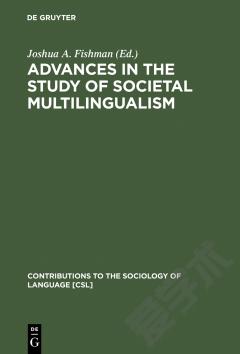

 京公网安备 11010802027623号
京公网安备 11010802027623号